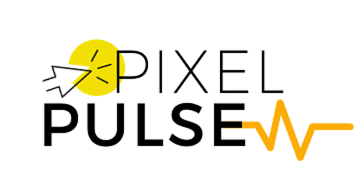In the world of digital marketing, Google Ads (formerly known as Google AdWords) stands as a cornerstone service, offering an invaluable platform for businesses to reach their target audiences and drive conversions. This comprehensive guide will take you through what Google Ads is all about and how to make the most of this powerful advertising service.
What is Google Ads (PPC)?
Google Ads is a pay-per-click (PPC) advertising platform provided by Google, one of the world’s largest search engines. It allows advertisers to display their ads to a highly targeted audience when users perform relevant searches on Google or its partner websites. With Google Ads, businesses bid on keywords and pay only when their ads are clicked, making it a cost-effective and results-driven marketing tool
Why Use Google Ads?
- Immediate Visibility: Google Ads provides instant visibility in search results, helping your brand get noticed by potential customers as soon as your campaign goes live.
- Highly Targeted: With precise keyword targeting and various ad formats, you can tailor your ads to reach your ideal audience, ensuring that your message resonates with those most likely to convert.
- Budget Control: Google Ads allows you to set daily and monthly budgets, ensuring that you remain in control of your ad spend.
- Measurable Results: The platform offers detailed analytics and conversion tracking, enabling you to measure the success of your campaigns and make data-driven decisions.
- Flexible Ad Formats: Google Ads supports various ad formats, including text ads, display ads, video ads, and shopping ads, allowing you to choose the format that best suits your marketing goals.
Getting Started with Google Ads:
- Keyword Research: Begin by conducting thorough keyword research to identify the terms and phrases that potential customers are using to search for your products or services.
- Create Compelling Ads: Craft persuasive ad copy that highlights your unique selling propositions and encourages users to click on your ads.
- Landing Page Optimization: Ensure that the landing pages your ads direct users to are relevant, user-friendly, and optimized for conversions.
- Budget and Bid Strategy: Set a clear budget for your campaigns and determine your bid strategy. Consider starting with a manual CPC (Cost-Per-Click) strategy and adjust as needed based on performance.
- Ad Extensions: Use ad extensions to provide additional information and incentives to users, such as location details, phone numbers, and site links.
- Geo-Targeting: If your business serves specific geographic areas, use geo-targeting to focus your ads on those locations.
- Monitor and Optimize: Regularly review your campaigns, adjust your keywords, ad copy, and bids based on performance data. A/B testing can help fine-tune your ads for better results.
- Quality Score: Aim to improve your Quality Score, which can lead to lower costs and better ad positions.
- Conversion Tracking: Implement conversion tracking to measure the success of your campaigns in terms of leads, sales, or other desired actions.
- Stay Updated: Stay informed about changes in Google Ads policies and features to adapt your strategy accordingly.
In conclusion, Google Ads is a potent tool for businesses of all sizes to attract potential customers and achieve their marketing objectives. By understanding its fundamentals and implementing best practices, you can harness the full potential of Google Ads to drive growth and reach new heights in your online advertising efforts.

